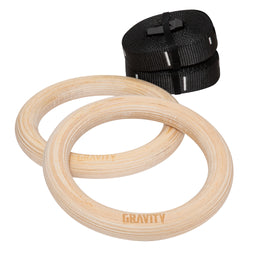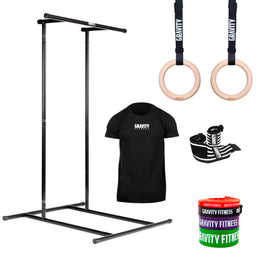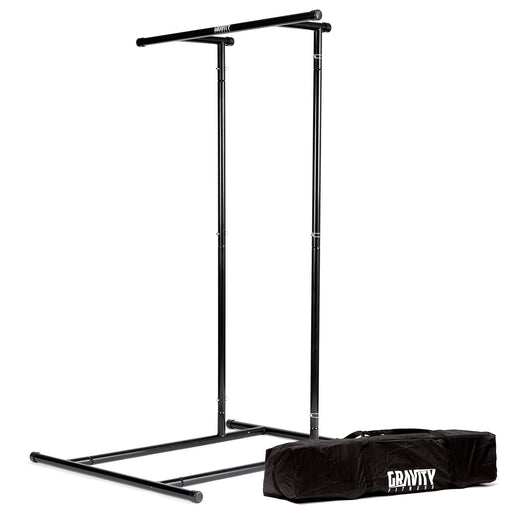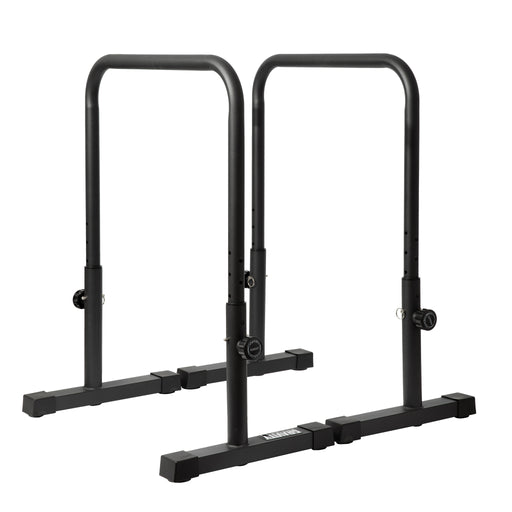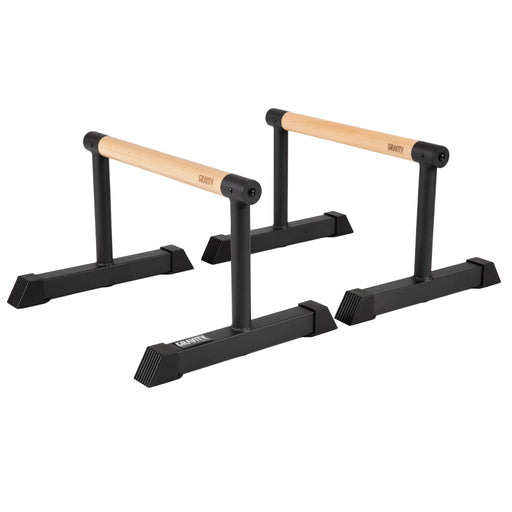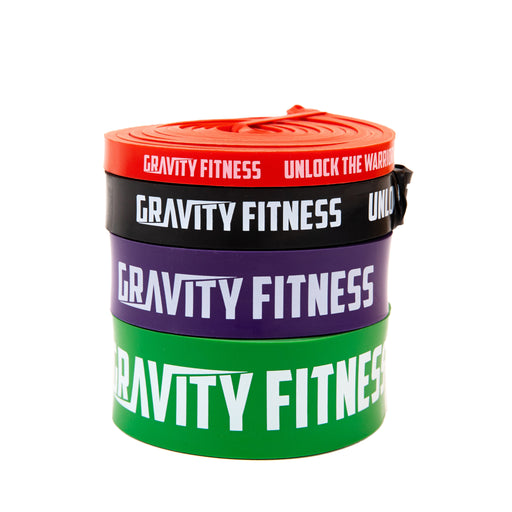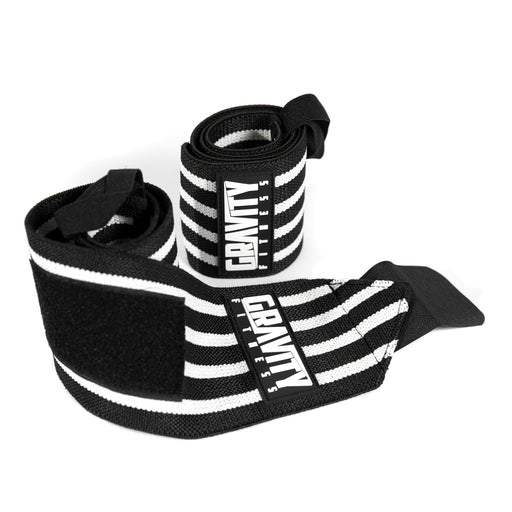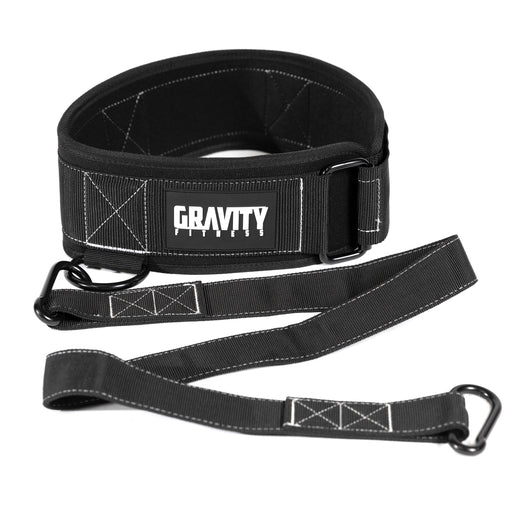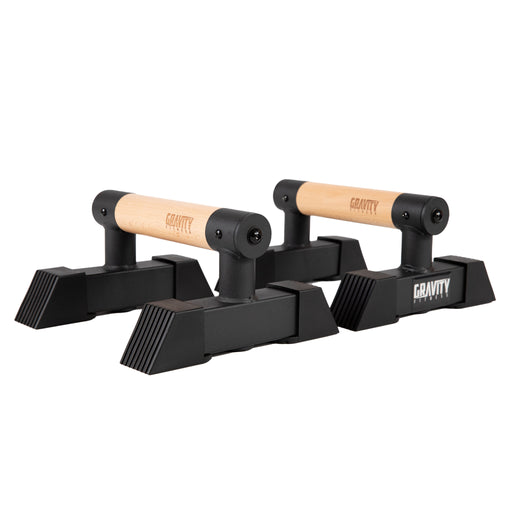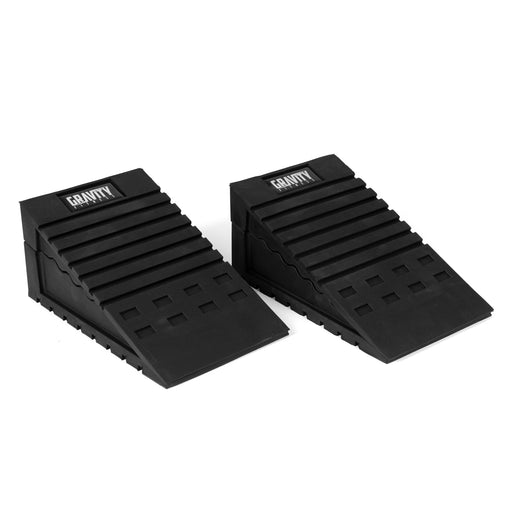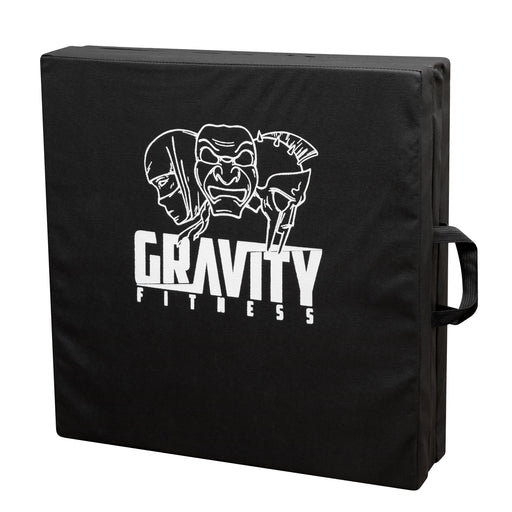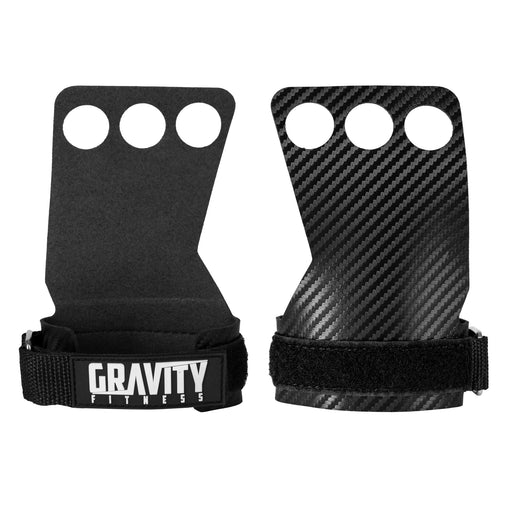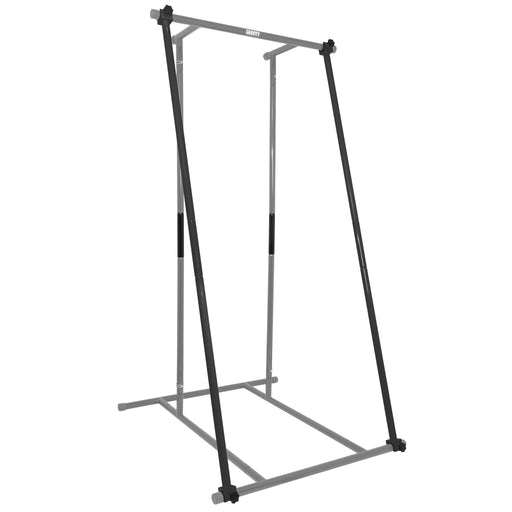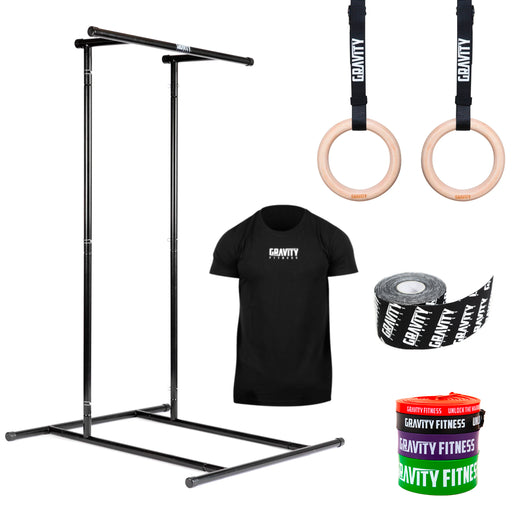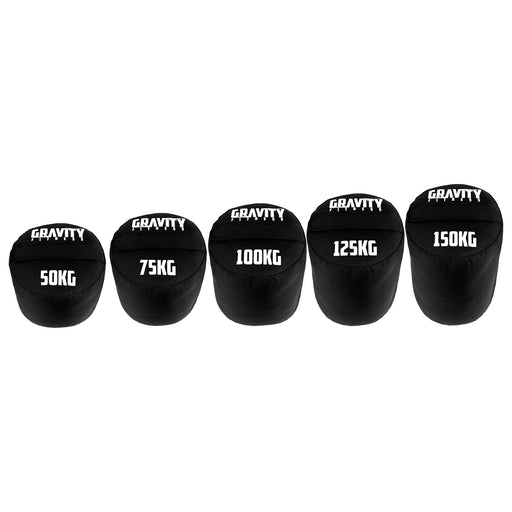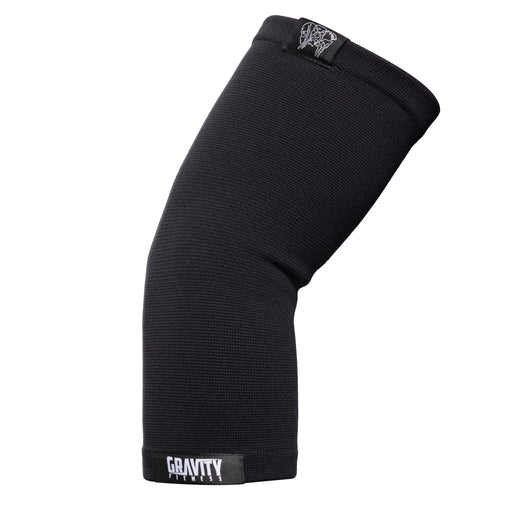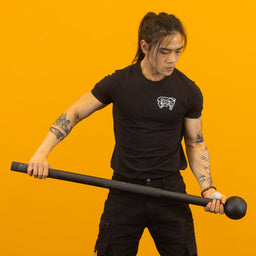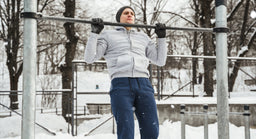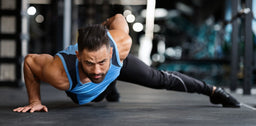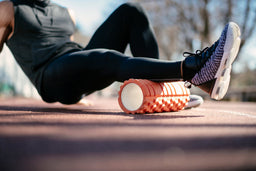
Are You As Fit As An Astronaut? The Gravity Fitness Test
Let’s be honest, most of us aren’t going to space any time soon. But it’s hard not to admire the kind of fitness astronauts have. They’re not chasing six packs or max deadlifts. Their training is all about one thing: functional strength that works under extreme conditions.
And funnily enough, a lot of what they do looks a lot like good old calisthenics. Bodyweight training, functional drills, core stability, grip strength, mobility, the exact stuff we preach at Gravity Fitness.
So it got us thinking: how would your fitness stack up against NASA’s? Could you pass an astronaut-style fitness test? Let’s take a look.
Why Astronaut Fitness Is Different
Space does weird things to your body. You’re floating in zero gravity, your bones aren’t loaded like they are on earth, and even basic tasks like grabbing a tool or getting into your bunk can be physically demanding.
That’s why astronaut fitness is built around a few key areas:
Core strength — to stabilise yourself when there’s no gravity pulling you down
Mobility — to move efficiently in tight spaces while wearing bulky gear
Grip strength — to handle equipment and emergency procedures
Endurance — to cope with long missions and limited recovery options
Bone density & muscular endurance — because zero gravity weakens both
You’ll notice something missing: they’re not chasing personal bests on the bench press. They’re building strength that works in the real world — or, in this case, 250 miles above it.
The Problem With Traditional Gym Strength
Most gym routines don’t prepare you for this kind of functional fitness. You can squat 150kg, but can you control your body through full range movement? Can you stabilise under load when you’re off-balance? Can you keep performing when you're fatigued?
That's where bodyweight training — and calisthenics in particular — shines. You're training your entire system to work together. Not just muscles, but tendons, ligaments, joints, coordination, and motor control. It's the kind of strength that's hard to measure on paper but matters when the stakes are high.
The Gravity Fitness Astronaut Challenge
Now for the fun bit. Inspired by NASA's actual protocols, here’s a simple test you can do at home (or in the gym) to see how you stack up.
Pull-Ups — 10 strict reps
Full range of motion. Dead hang at the bottom, chin clearly over at the top. Strict form — no kipping, no bouncing.
Push-Ups — 40 reps
Full depth, chest to floor, straight body line throughout. If 40 feels easy, you're probably not doing them right.
Air Squats — 50 reps
Bodyweight only, controlled tempo, full range: hips below knees, standing fully upright at the top.
Plank Hold — 2 minutes
Solid, straight plank — no sagging, no arching. Engage everything: glutes, abs, shoulders.
Dead Hang — 60 seconds
Grab a bar and hang. No swinging, no foot contact, just pure grip strength and shoulder stability.
VO2 Max / Aerobic Test — 2.4 km (1.5 miles) run in under 12 minutes
That’s an 8-minute mile pace. Manageable, but pushes your engine.
Bonus: Weighted Ruck Walk — 3 miles with 20kg
Simulates loaded movement — something astronauts deal with constantly in and out of their suits.
Could you pass? Honestly, most people would struggle. But that’s why it’s a great target to aim for. You’re not chasing aesthetics here — you’re building durable, usable fitness.
Why This Kind Of Strength Matters (Even If You’re Not Leaving Earth)
Look, you don’t need to train for zero gravity to benefit from this kind of approach.
Most people are weak in ways they don’t realise — not because they don’t train hard, but because they train for the wrong things. Machines isolate muscles but ignore how your body works as a whole. Big lifts help, but they don’t fix mobility, control, or stability.
That’s where calisthenics wins.
Bodyweight training forces you to own your own body. You learn to move better, control positions, stabilise your core, and strengthen connective tissue. It carries over to everything — whether you’re playing with your kids, carrying shopping, or yes, getting strapped into a rocket.
The Hidden Benefit: Injury Resistance
One thing NASA cares deeply about is injury prevention. If you break down mid-mission, there’s no physio waiting up there.
Same goes for us regular folk. If your training makes you stronger but more injury-prone, what’s the point?
Bodyweight training builds joint integrity, tendon resilience, and balance between pushing and pulling. You’re not chasing ego lifts — you’re building a system that lasts.
How Gravity Fitness Fits In
Let’s be clear: you don’t need fancy kit to train like this. But good equipment makes it easier to progress, train safely, and stay consistent.
That’s exactly why we built Gravity Fitness. Pull-up stations, dip bars, parallettes, rings — simple, durable gear that lets you train your whole body, anytime, anywhere.
Our setups are designed for this kind of functional fitness. No moving parts. No cables. No excuses.
You don’t need a commercial gym membership to build astronaut-level strength. You need somewhere to hang, push, pull, squat, and move — and that’s what we give you.
Final Thought: Are You Mission Ready?
The cool thing about training like an astronaut isn’t that it makes you ready for space. It’s that it makes you ready for life. Resilient. Durable. Capable.
That’s the kind of fitness Gravity Fitness is built on. Not for show. For real life.
Ready to test yourself? Build your own Gravity Fitness Astronaut Challenge station at home. Check out our full range of pull-up bars, parallettes and rings — engineered for real strength that works.
